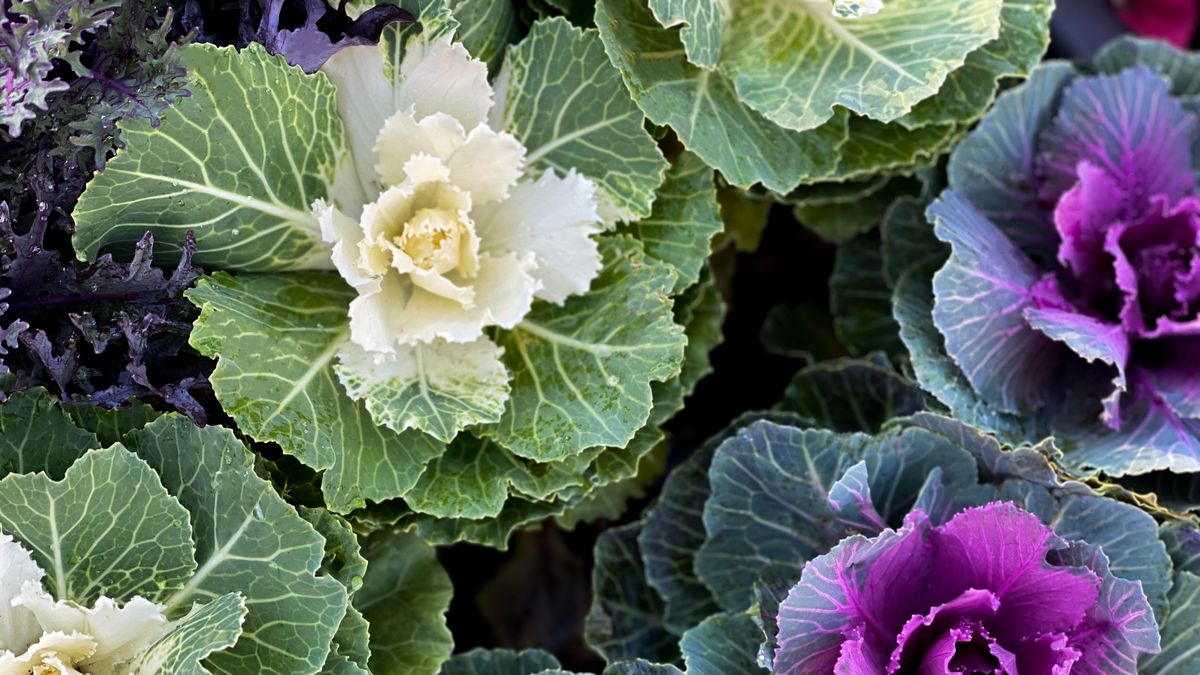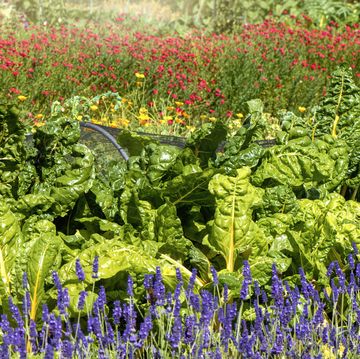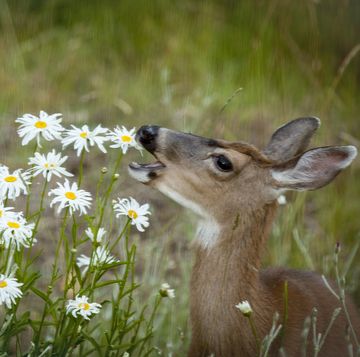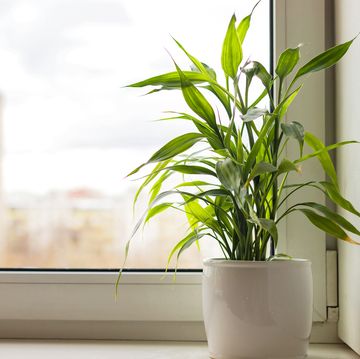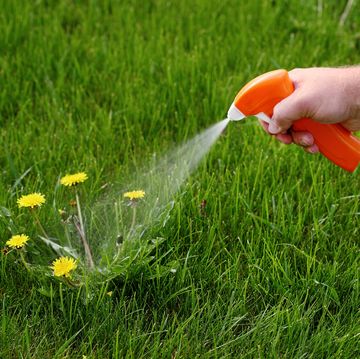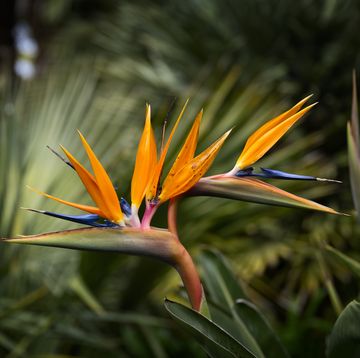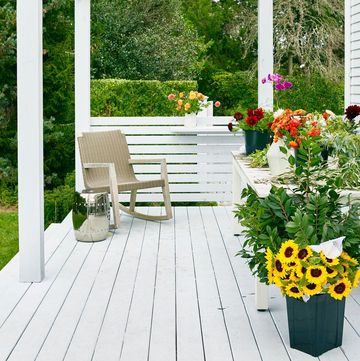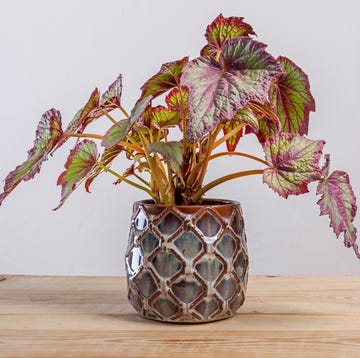Also known as flowering kale and cabbage, ornamental kale and cabbage aren't your traditional leafy salad greens. Rather, they're beautiful garden accessories that can add color and variety throughout the colder months—they can even withstand frosts (within reason of course). Often planted along garden and pathway borders and among spring flowers, ornamental plants are a great option for maintaining a colorful appearance when most hardy flowers are just getting started. If you plant seeds now and allow them to germinate prior to the true winter weather, you'll have beautiful "blooms" come March. Wondering how to get started? Read on for a guide to planting and caring for ornamental cabbage and kale varieties.
Types of Ornamental Kale and Cabbage
- Chidori White: The most traditional variety, this version offers blue-green leaves that give way to a bright, cream-colored center.
- Glamour Red: Bright green leaves fade into an intense red-pink center.
- Peacock Red: With more feathery leaves, this type has bright teal leaves with purple-red centers.
- Pigeon Red: This variety has purple-tinted leaves with purple-red centers.
Where and When to Plant Ornamental Kale and Cabbage
Whether you're planting ornamental cabbage in smaller containers or in fertile, well-draining soil, the one thing to keep in mind is that flowering kale and cabbage need full sun throughout the day. They thrive in the late winter cold through early spring and will start to wilt come summer. Pair them with other spring bloomers like geraniums or pansies for a full look.
Flowering kale has two planting seasons, early spring and fall when nighttime temperatures dip below 50 degrees F. It loves the cold! It grows slowly, so purchase large plants only if you plan to enjoy them for just a few weeks in spring or fall. For a longer-lasting visual impact, start the plants from seed.
Ornamental Kale and Cabbage Care Essentials
Sunlight
Flowering kale grows best in bright, sunny locations. While it will tolerate shade, you won't get the most vibrant colors without direct sunlight for at least six hours per day.
Water
If you live somewhere with regular rain, great! Your kale and cabbage do great with an inch of water per week. If rain doesn't come, water with your hose once a week.
Soil and Fertilizer
You want the soil to be moist yet well-draining and slightly acidic. We recommend fertilizing only during the initial planting period. Regular fertilizing can cause poor coloration.
Temperature and Humidity
Unlike other seasonal blooms, ornamental cabbages begin to develop their colorful greenery when the temperatures start to drop. Nights that fall below 50 degrees Fahrenheit are ideal. Once acclimated to a site, flowering kale can withstand frost. When the temperatures begin to rise through spring, the kale will start to look a little worse for wear.
How to Propagate Ornamental Kale and Cabbage
In the post-growing season, many people leave their dead ornamental kale and cabbage planted until they brown and wilt. You can gather the seeds from the faded flower heads and use them to plant a new crop at the appropriate planting time. Storing seeds in a freezer is a great way to preserve them.
Can You Eat Ornamental Kale and Cabbage?
The short answer is yes, but the ornamental varieties aren't the leafy greens you want to make a salad with. Often much more bitter than traditional kale and cabbage, the ornamental plants are just that: ornamental. You sometimes see ornamental kale and cabbage used as a garnish instead of parsley.
Common Pests and Problems
Ornamental cabbages and kales are quite susceptible to cabbage worms, cabbage loopers, flea beetles, caterpillars, thrips, slugs, and aphids. A variety of pesticide dusts or horticultural oils designed for vegetables will work on these pests, as does spraying them off with a hard stream of water. Cabbages and kales planted in pots may be less susceptible to pests and diseases than those planted in the garden. Common disease problems include leaf spots, blackleg, black rot, and yellows. These are most likely to occur when conditions for the roots are too damp and shady.
